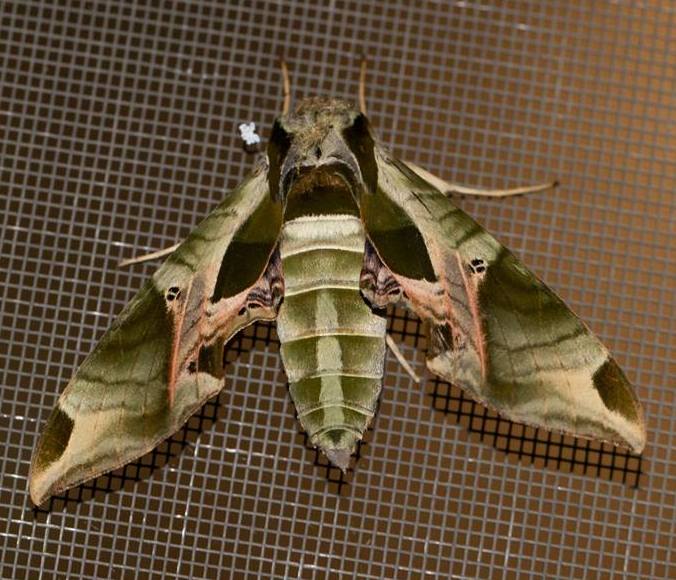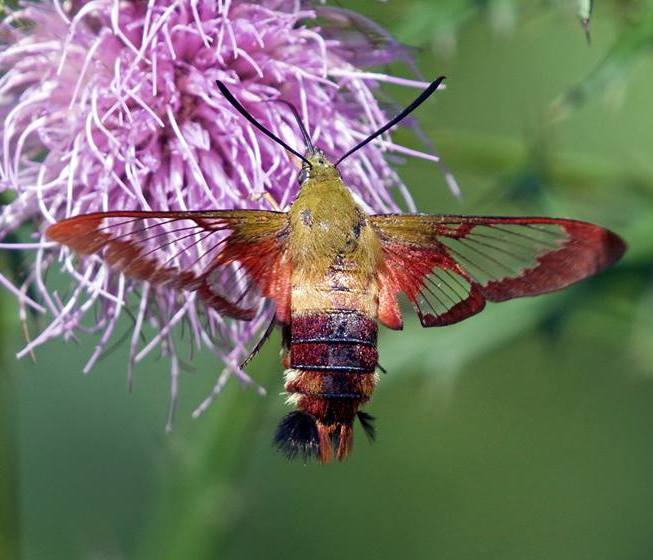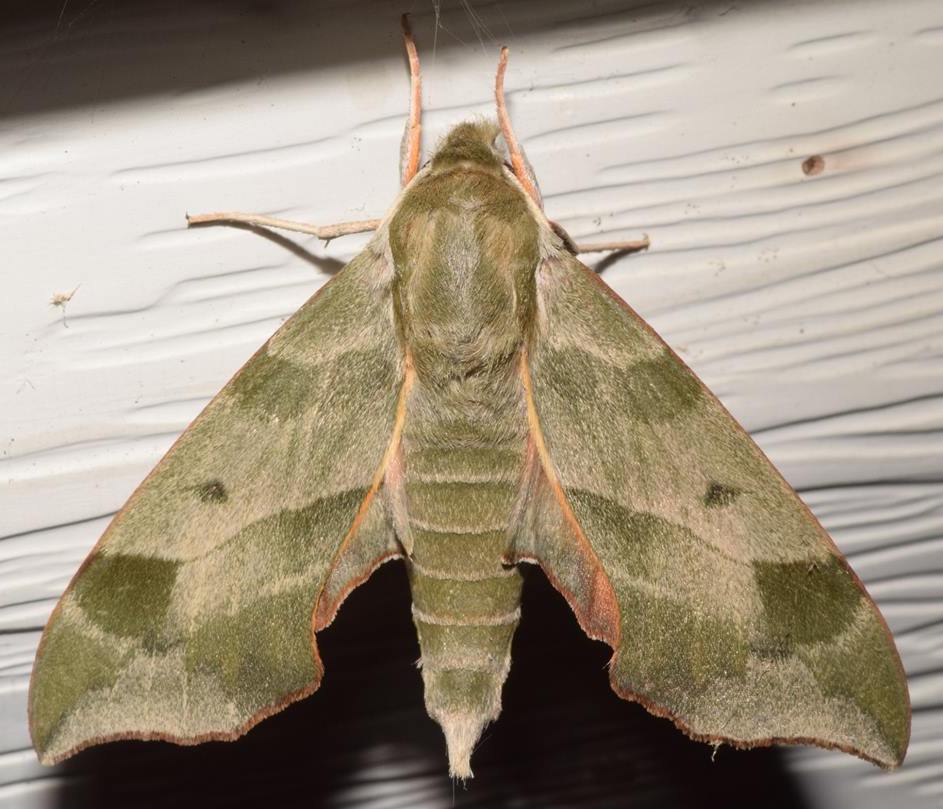ECOLOGY ▪ EDUCATION ▪ ADVOCACY



Macroglossinae: The combined Greek words macro for “large,” and gloss for “tongue” refer to the size of the probuscis of the members of this group.
The suffix inae is standard taxonomic nomenclature to indicate that word pertains to a zoological subfamily.
Mack-ro-GLAWS-in-ee
Macroglossinae is the largest subfamily of moths in the family Sphingidae. Indiana is home to at least 13 species that are contained within eight genera.
Like most Lepidoptera, most of the caterpillars from this subfamily are fairly specialized feeders. Adult Macroglossinae are often diurnal, and use their long probuscus to feed mainly from plant nectar.
This map shows the confirmed sightings of the family Macroglossinae Indiana. All sightings were confirmed through photographic documentation by individuals who contributed to the Great American IN Nature Lepidoptera Project (GAIN LP).
 |
GAIN LP documented in county. |
Dilophonotini courtesy of Ron Needham. Hemarini courtesy of Pamela Wang. Macroglossini courtesy of Chris Joll.